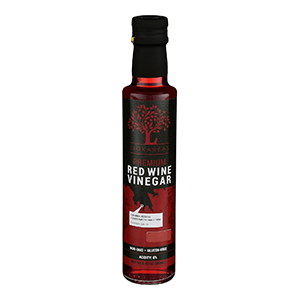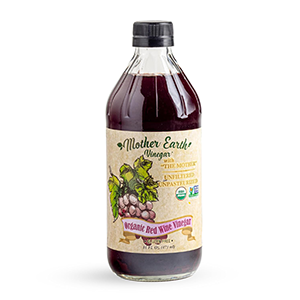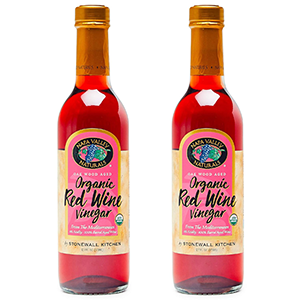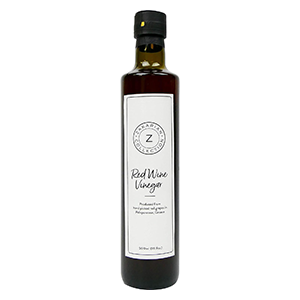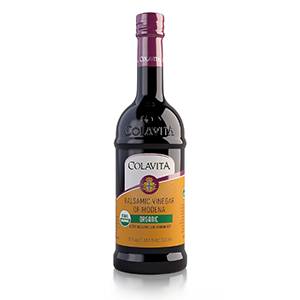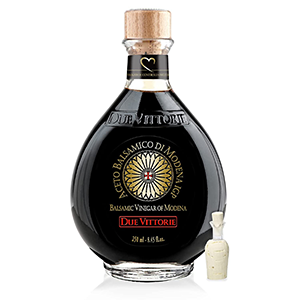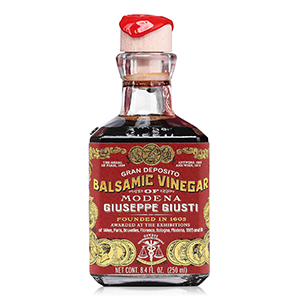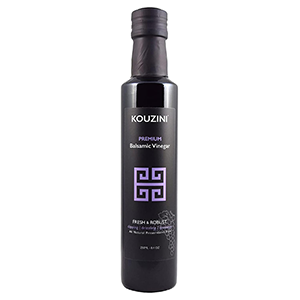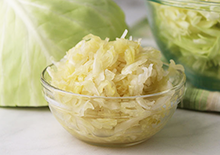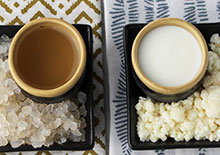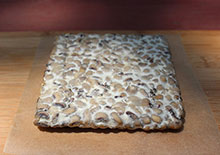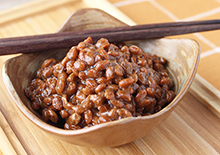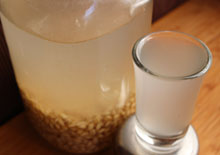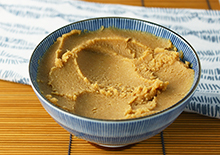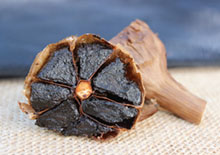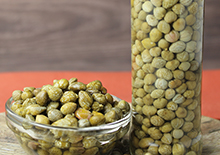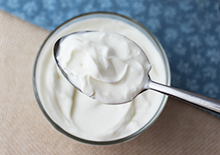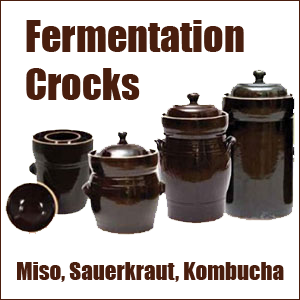- Home
- Fermented Foods
- Red Wine Vinegar Vs Balsamic Vinegar
Red Wine Vinegar Vs Balsamic Vinegar, Key Differences
Origins | What Made From | Varieties and Qualities | Taste | Nutrition | Fermentation Methods | Purchasing | Culinary Traditions | Precautions | Shop
Where Do They Originate?
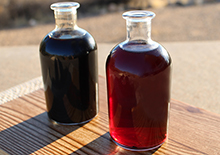
Red wine vinegar dates back to ancient Babylon and the beginnings of vinegar fermentation utilizing different fruits and grains.
This vinegar variety is believed to have been further developed in Mediterranean regions by the Greeks and Romans who were masters of the winemaking process.
Balsamic vinegar has deep roots in northern Italy, specifically the Modena and Reggio Emilia provinces in what is called the Emilia-Romagna region.
Table of Contents
Origins | What Made From | Varieties and Qualities | Taste | Nutrition | Fermentation Methods | Purchasing | Culinary Traditions | Precautions | Shop
This is where all authentic balsamic vinegar must come from.
Its production is strictly regulated by European Union certifications like the "Protected Designation of Origin" (PDO) and the "Protected Geographical Indication" (PGI or IGP) to ensure you know what you're getting as far as quality.
What Each is Made From
What Each is Made From
Red wine vinegar is made from, as the name implies, "red wine" made with red grapes. It can range slightly in quality depending on the type of red wine utilized and aging techniques.
Balsamic vinegar is made from what is referred to as "grape must". This is fresh grape juice pressed from the whole grape including skins, seeds and stems.
Unlike red wine vinegar, which can come from any red winemaking grape, true balsamic is specifically produced from a blend of white Trebbiano grapes and purplish-red Lambrusco grapes.
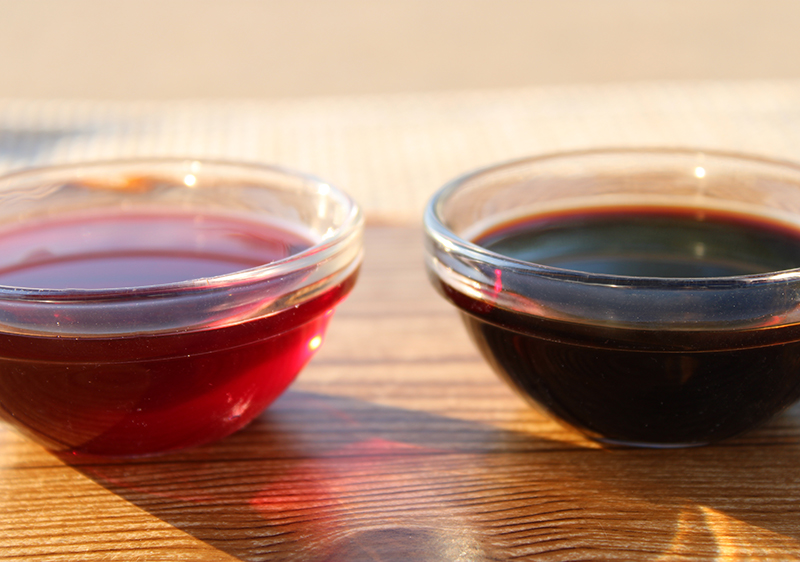
Varieties and Qualities
Most common staple red wine vinegar does not specify the wine grape variety. Ingredient labels often just simply state "red wine vinegar". But there are higher quality versions, many of Italian and Spanish origin, that indicate the type of red wine used such as Pinot Noir or Cabernet.
Like balsamic, attributes can also be based on how long it has aged. Also, sometimes wood barrels are used which can improve taste profile.
Balsamic vinegars can likewise range in quality. Traditional versions are highly prized with many Italian family-owned business' going back many generations. These are often made in smaller batches and always more expensive. In English they are labeled "Traditional Balsamic Vinegar of Modena" and "Traditional Balsamic Vinegar of Reggio Emilia".
The most common everyday household balsamic vinegar in many parts of the world is labeled "balsamic vinegar of Modena" and is commercially made not just from grape must but also wine vinegar.
Whether traditional or modern balsamic, there can be a broad range of qualities depending on length of fermentation, type of vessel and other factors.
Taste and Textural Variances
Red wine vinegar has a sharp tangy flavor reminiscent of the type of wine used. It has an attractive clear reddish color and thin consistency.
Balsamic is classically sweeter and less acidic than red wine vinegar. Its bouquet of flavors is described to have hints of fig and caramel. It is a thick viscous liquid with a slightly syrupy texture. It is much darker with an opaque deep red-brown color.
Traditional balsamic is like fine wine with a complex taste and unique texture that is highly prized and savored.
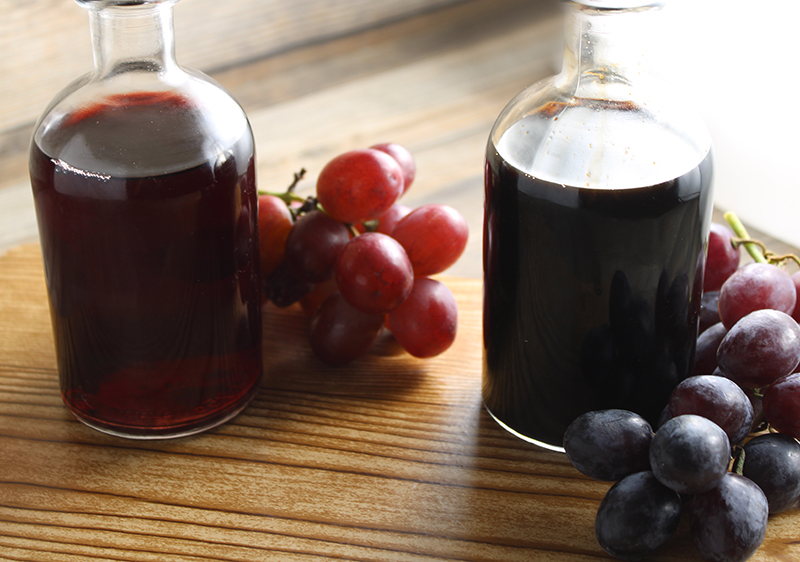
Different Nutritional Values
Both balsamic and red wine vinegar have antioxidants like anthocyanins and resveratrol. But, because balsamic is made also from white grapes, it can have much less. This was identified in some research on red grape balsamic varieties revealing higher antioxidant levels.
Red wine vinegar compared to red wine itself, can also have reduced polyphenol content. Therefore, you can't really attribute the popular benefits of red wine consumption to red wine vinegar.
We did find one study suggesting that red wine vinegar could potentially improve glucose levels in humans tested over an 8-week period.
Red wine vinegar contains more acetic acid than balsamic which is sweeter and much less acidic. Both contain trace amounts of minerals and vitamin C.
Yes, both are fermented foods but sometimes, not always, they are pasteurized and/or filtered which can remove probiotic bacteria.
One Italian brand that has been in the business since the 1600's confirmed to us via email communications that their "products are not pasteurized, because the liquid (balsamic vinegar PGI) is preserved perfectly over time."
You can sometimes also find "unpasteurized" red wine vinegar which is usually stated on the product label. This is similar to unpasteurized apple cider vinegar and often includes the mother. It's considered a healthier choice as a raw fermented food for its probiotic nutrients.
Fermentation and Aging Methods
Red wine vinegar is fermented from red wines in wooden barrels or stainless steel vessels. This process, like all vinegar, basically allows acetic acid bacteria to convert alcohol into acetic acid or vinegar. It is frequently aged for a shorter amount of time than traditional balsamic, usually only a few months but can be up to 2 years. It is then filtered and diluted to an acidic level of 6%.
Balsamic vinegar is fermented from cooked "grape must" that is concentrated to a syrup-like consistency. It is aged in wooden casks or barrels, often using a series of different wood types (like chestnut, cherry, juniper or oak) which help to develop unique flavors.
The aging process is much longer than red wine vinegar. Higher quality traditional balsamic is aged between 12 to 25 years under the European "Protected Designation of Origin" system.
However, everyday commercial-grade products you likely will find at your local market don't necessarily go through this lengthy aging process.
These are PGI certified and called "Balsamic Vinegar of Modena" which includes the use of wine vinegar to speed up fermentation. Some are only aged for a two-month period, but to be officially labeled "aged" or invecchiato", PGI status requires a minimum of 3 years.
In between the status of traditional and commercial is the "condimento" variety which is made in the traditional style but does not conform to European standards because it is aged less than 12 years.

Best Kind of Red Wine Vinegar Vs Balsamic Vinegar
When it comes to the best variety of red wine vinegar vs balsamic vinegar, organically certified red wine vinegar is much easier to find online or in at least in U.S. markets.
True Italian balsamic vinegar from the Modena and Reggio Emilia provinces, while not organic, can still be of a high quality as most grape-growing traditions use alternative pest control methods and employ the use of "insectary" gardens and companion planting techniques..
We recommend purchasing 100% pure vinegars that are free of fillers and preservatives with only natural sulfites present.
Use in Culinary Traditions
Both balsamic and red wine vinegar make excellent choices when making a vinaigrette salad dressing. (ie: balsamic vinaigrette or red wine vinaigrette).
Balsamic because of its thick sweet quality is typically used more for sauce reductions and glazes. It also uniquely works well in dessert recipes.
Red wine vinegar is great for meat marinades, and roasted vegetables and is ideal for pickling foods.
Precautions:
It is best to avoid vinegar if you are on a low-acid diet. Consult your healthcare professional before introducing red wine vinegar or balsamic vinegar to the diet if you are pregnant, nursing, have a serious health condition or are taking any medications.
Shop Related Products (About Affiliates & Amazon Associate Paid Links)
Affiliate Disclaimer: This section contains affiliate product links. If you make a purchase through our recommended links, we receive a small commission at no additional cost to you. Thanks for the support.
